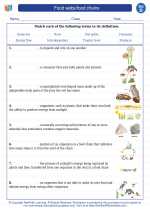Ion Channels
An ion channel is a pore-forming protein that allows ions to pass through the cell membrane. These channels are crucial for various physiological functions in the body, including nerve impulse transmission, muscle contraction, and the regulation of cell volume and fluid balance.
Structure of Ion Channels
Ion channels are made up of transmembrane proteins that form a pore or channel through the lipid bilayer of the cell membrane. The structure of ion channels can vary, but they generally have specific regions that determine ion selectivity and gating mechanisms that control the opening and closing of the channel.
Function of Ion Channels
Ion channels play a key role in generating electrical signals in excitable cells such as neurons and muscle cells. They allow the flow of ions, such as sodium (Na+), potassium (K+), calcium (Ca2+), and chloride (Cl-), which is essential for the transmission of nerve impulses and muscle contractions. Additionally, ion channels are involved in regulating the balance of ions and water across cell membranes, which is critical for maintaining cell function and homeostasis.
Types of Ion Channels
There are several types of ion channels, including voltage-gated ion channels, ligand-gated ion channels, and mechanically-gated ion channels. Voltage-gated ion channels open and close in response to changes in the membrane potential, while ligand-gated ion channels are activated by the binding of specific molecules, such as neurotransmitters. Mechanically-gated ion channels open in response to physical forces, such as pressure or stretch.
Regulation of Ion Channels
Ion channels can be regulated by various factors, including voltage, ligands, and mechanical stimuli. Additionally, ion channels can be modulated by drugs, toxins, and endogenous signaling molecules, which can alter their activity and impact cellular function.
Study Guide
Here are some key points to remember when studying ion channels:
- Understand the structure of ion channels and how it relates to their function.
- Learn about the different types of ion channels and their specific roles in cellular physiology.
- Be familiar with the mechanisms that regulate the opening and closing of ion channels.
- Explore the importance of ion channels in nerve impulse transmission, muscle contraction, and cellular homeostasis.
- Consider the clinical implications of ion channel dysfunction and the potential for therapeutic interventions targeting ion channels.
◂Science Worksheets and Study Guides Fourth Grade. Food webs/food chains

 Activity Lesson
Activity Lesson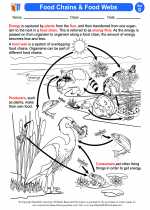
 Worksheet/Answer key
Worksheet/Answer key
 Worksheet/Answer key
Worksheet/Answer key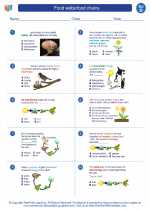
 Worksheet/Answer key
Worksheet/Answer key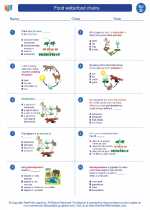
 Worksheet/Answer key
Worksheet/Answer key
 Vocabulary/Answer key
Vocabulary/Answer key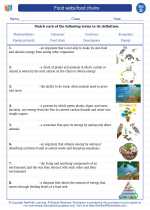
 Vocabulary/Answer key
Vocabulary/Answer key
 Vocabulary/Answer key
Vocabulary/Answer key